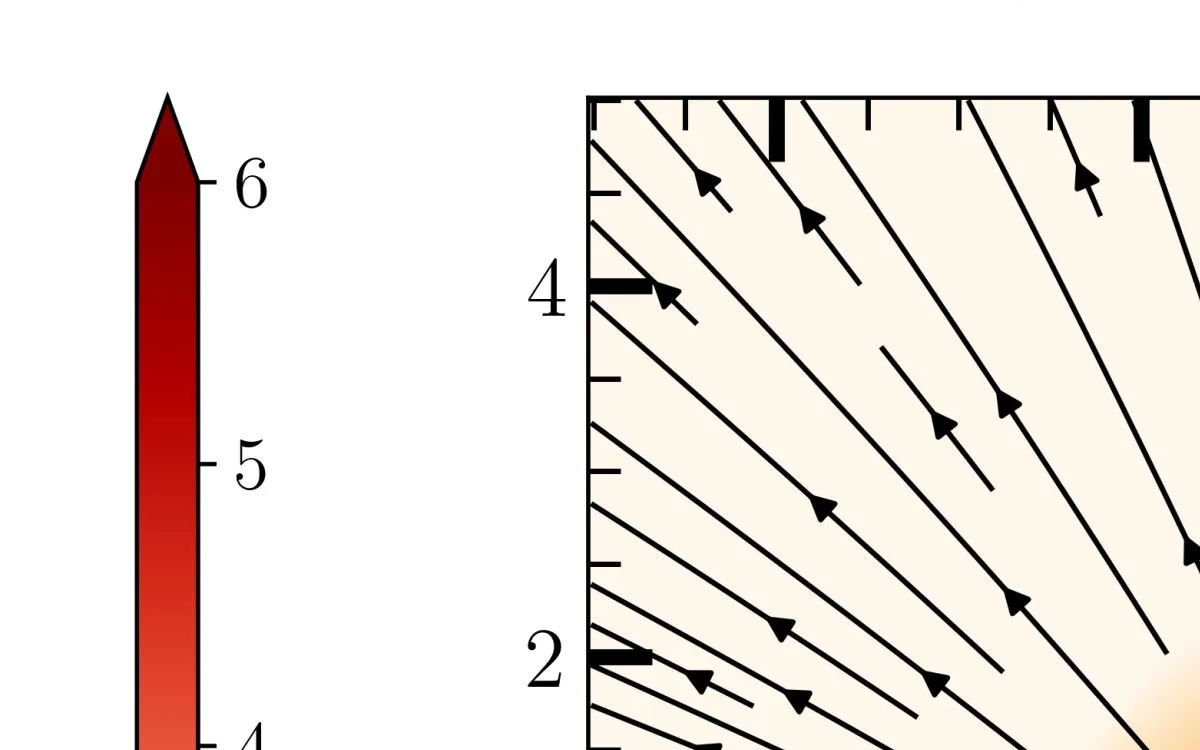
Gravitational waves are energy-carrying waves generated by the acceleration or disturbance of massive objects in the universe. These waves, which were first directly detected in 2015, emerge from various cosmic events, including the mergers of binary black holes. The study of gravitational waves offers profound insights into gravity, a fundamental force defined by Einstein's theory of general relativity. According to this theory, gravity manifests as the curvature of spacetime caused by mass and energy.
Previous research has demonstrated that in scenarios where gravitational effects are significant—particularly in strong-field regimes like binary black hole mergers—gravity exhibits non-linear characteristics. Understanding these nonlinear dynamics is essential for testing and refining existing theories of gravity. A recent study conducted by researchers at the California Institute of Technology presents a novel approach to exploring gravitational dynamics.
Published in Physical Review Letters, the research introduces a method that frames gravity through Maxwell's equations, typically associated with the study of electromagnetism, rather than relying solely on traditional general relativity equations. Elias R. Most, the senior author of the paper, explained, "Our research was inspired by two things… We have done extensive work on regular electric and magnetic fields around black holes, simulated their dynamics, and gained a very good understanding of how they behave."
Most emphasized the challenge of visualizing gravity in its conventional form, as it lacks the straightforward representation often seen with magnetic fields. The team's goal was to apply the principles of electromagnetism to enhance the understanding of gravitational dynamics, particularly in the context of binary black hole mergers and other spacetime collisions.
The simulations conducted in this study are based on a well-established methodology to visualize Einstein's equations of general relativity on computer systems. Most noted, "The main novelty we brought to the table was the ability to completely reinterpret these simulations in ways analogous to electrodynamics." By employing their innovative methodology, the researchers could compute the electric and magnetic fields associated with gravitational interactions using existing simulation data.
Interestingly, the findings suggest that general relativity can indeed be examined through the lens of equations that describe electromagnetism. According to Most, "Our work has already taught us how to reinterpret particle trajectories and curved space." This research is poised to enhance our understanding of nonlinearity, where strong gravitational forces prevail.
The implications of Most's study extend beyond theoretical frameworks; they pave the way for future research aimed at scrutinizing specific aspects of general relativity and nonlinear gravitational dynamics. The researchers plan to build upon their simulations to investigate the turbulence-like characteristics of gravitational waves. Most elaborated, "When they pass through each other, gravitational waves can (under certain conditions) interact, resembling turbulence in the atmosphere, though it is challenging to describe mathematically."
Moreover, the study indicates that the mathematical formulations governing turbulence in magnetic fields are also applicable to gravitational waves, presenting a significant insight into the nature of these cosmic phenomena. As the researchers continue to explore gravitational wave nonlinearity, they anticipate uncovering new dimensions of understanding in the evolving field of astrophysics.
In summary, the groundbreaking work by Most and his colleagues marks a pivotal step in the study of gravitational waves, opening new avenues for research that could reshape our comprehension of gravity and its complexities in the universe.